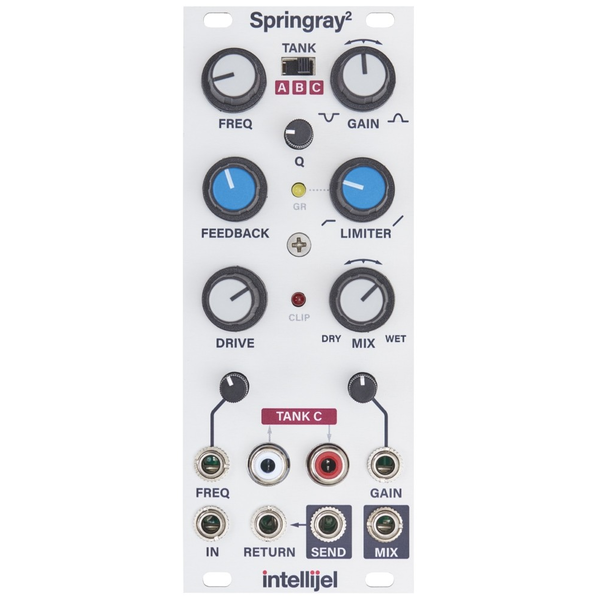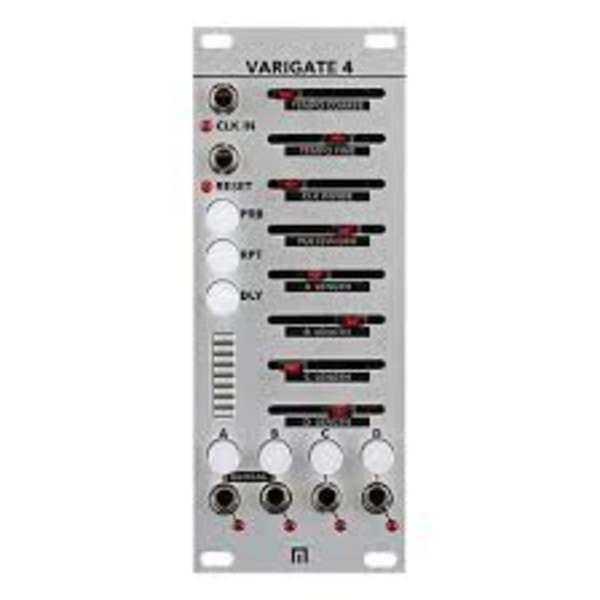Bastl’s mini-synth power plant comes in an anniversary outfit as the Kastle ARP.
Just in time for Bastl’s tenth anniversary, the company from Brno in the Czech Republic is launching a new version of its famous “wonder dwarf”. A modular melody generator, Kastle ARP is based on a quantized sine oscillator combined with a digital waveshaper.
With a pitch selection that can be described as “straightforward”, complex melody patterns are created in no time and are always in tune thanks to the quantized oscillator. Pitch can be selected via note and chord functions, while the decay envelope can provide surprises when it occasionally skips pitches before triggering again. The Timbre control allows you to choose between great sine waves and chiptune-style 8-bit tones. Carried over from the Kastle Drum is the LFO section, which brings versatility to the game. For example, when modulating the Note Mod input, the Kastle ARP can create melodies on its own – complexity through simplification! The boot mode allows access to the fundamental and fine tuning of the pitch. The bass output also plays the root of the current chord, noticeably enriching the overall sound. Hot tip: Add a delay or reverb effect behind the Kastle ARP and you’ll be flapping your ears! Then wire up several Kastle boxes (Kastle Drum/Kastle 1.5) with the advanced arpeggiator specialist and all patch worlds are open to you.
Features:
- Anniversary version of the Kastle for Bastl’s tenth anniversary
- Sound generation by quantized sinewave oscillator
- Digital waveshaper
- Chord CV input switches between 3 chords
- CV controllable decay envelope generator
- triggered pitch with “negative” decay for melodic variations
- Bass output reproduces the root note of the current chord (more sonority)
- boot mode for adjusting the root and fine tuning the pitch
- CV controllable clock with square and triangle output
- stepped voltage generator with random, 8-step and 16-step loop modes
- two CV I/O ports assignable to each patch point
- power supply via USB or battery operation with 3 AA batteries (not included)
- open-source DIY project which runs on two Attiny 85 chips that can be reprogrammed with an Arduino
- black-silver, rugged PCB housing















